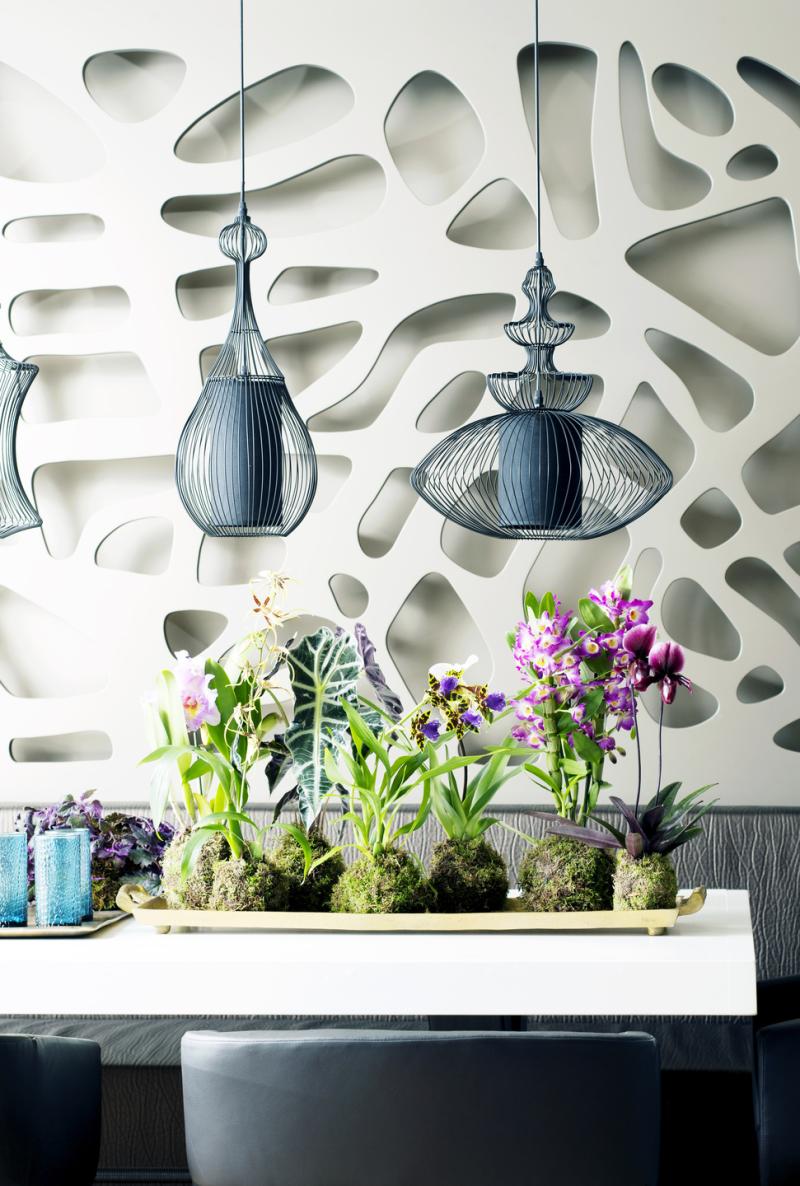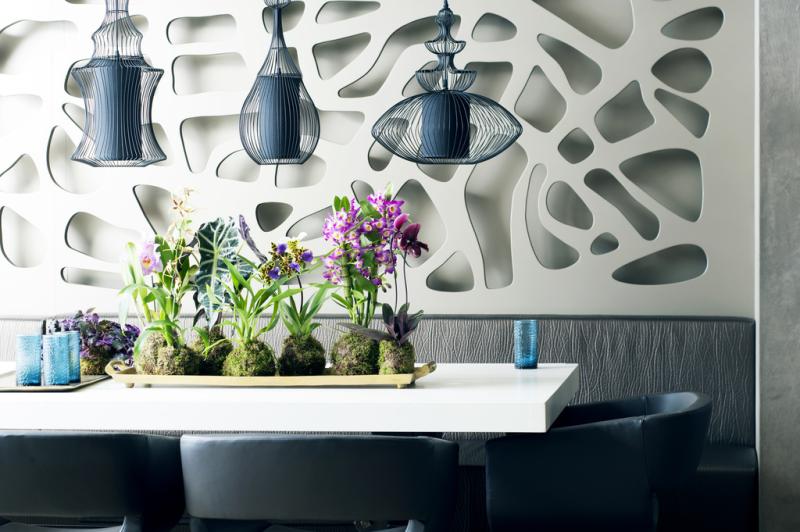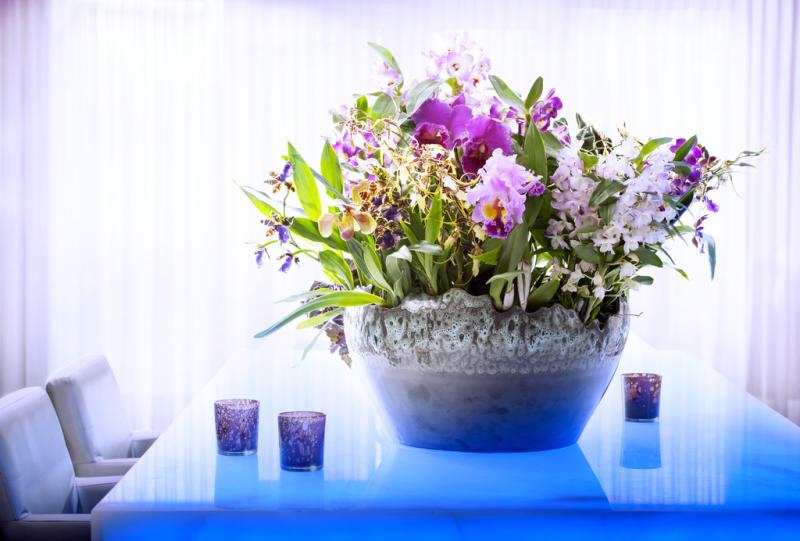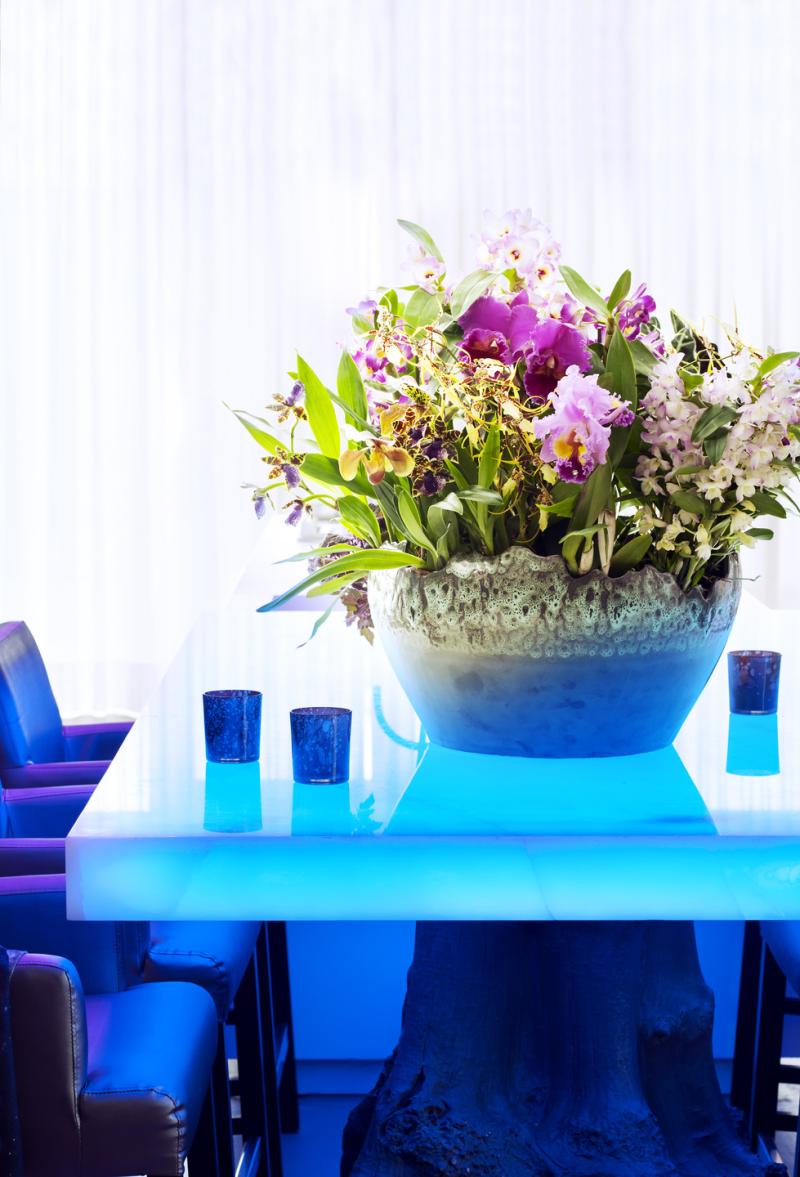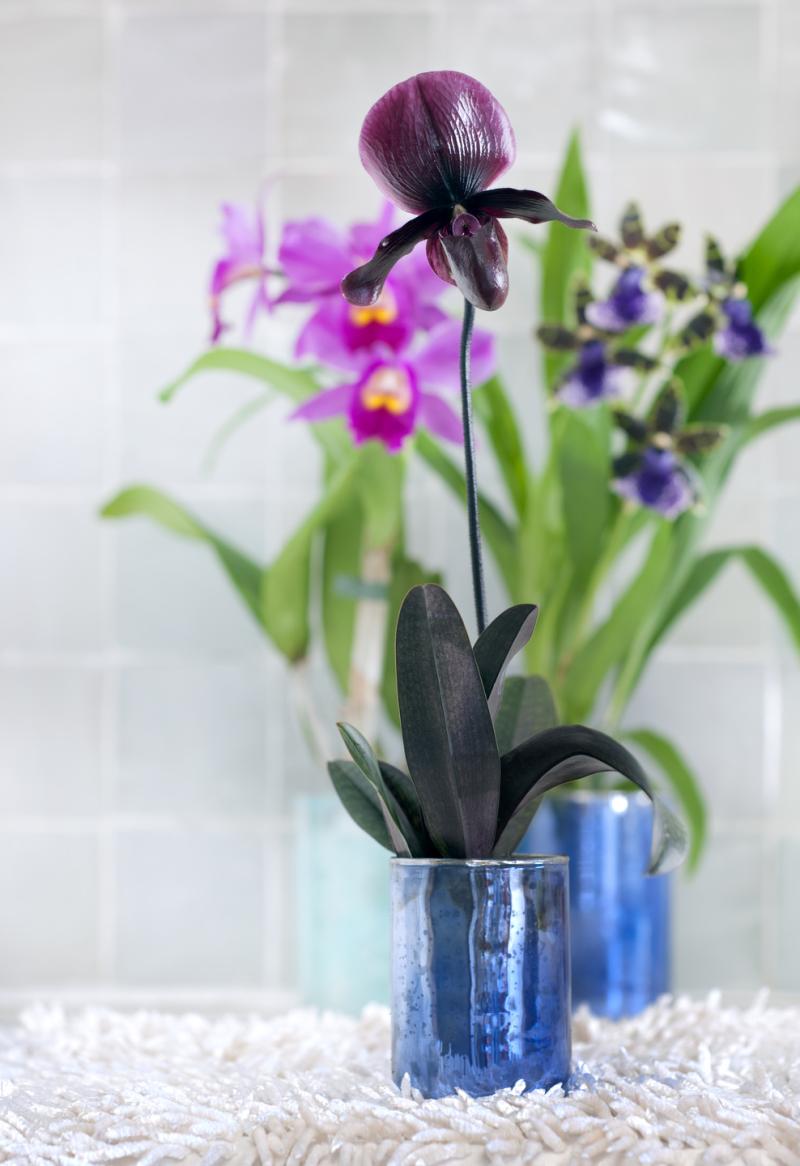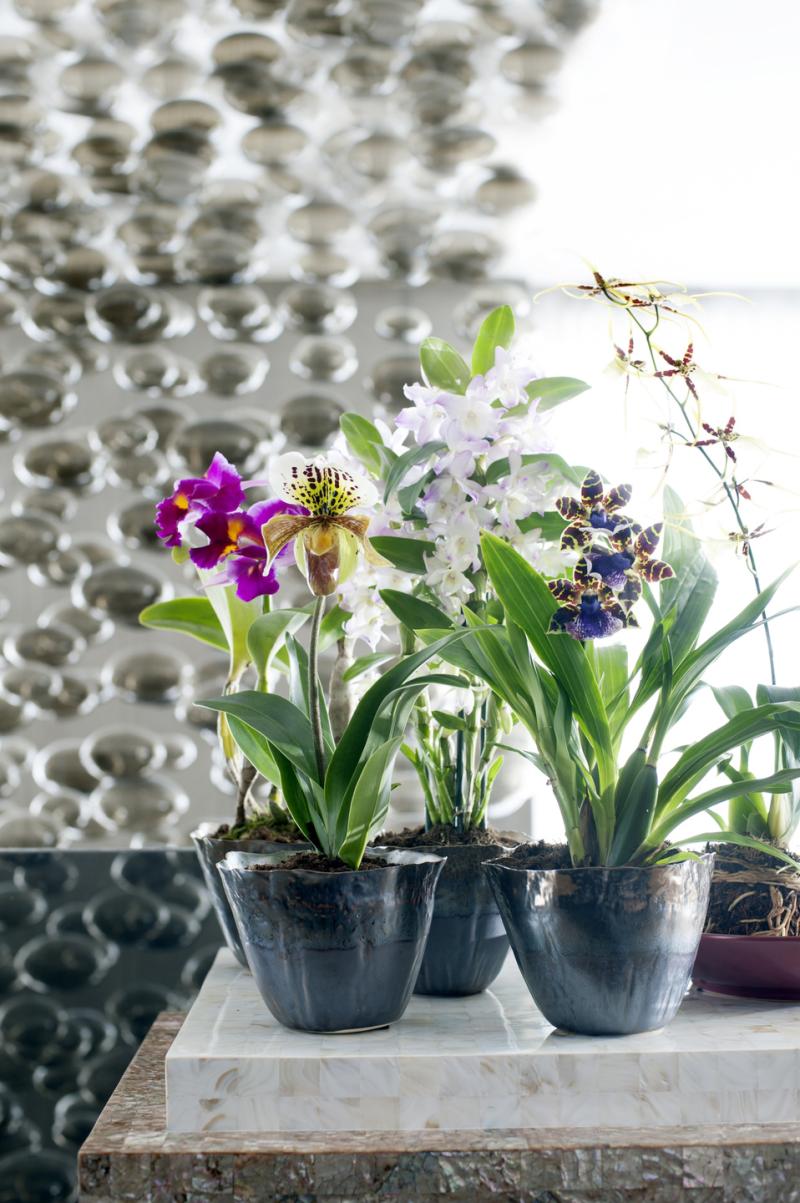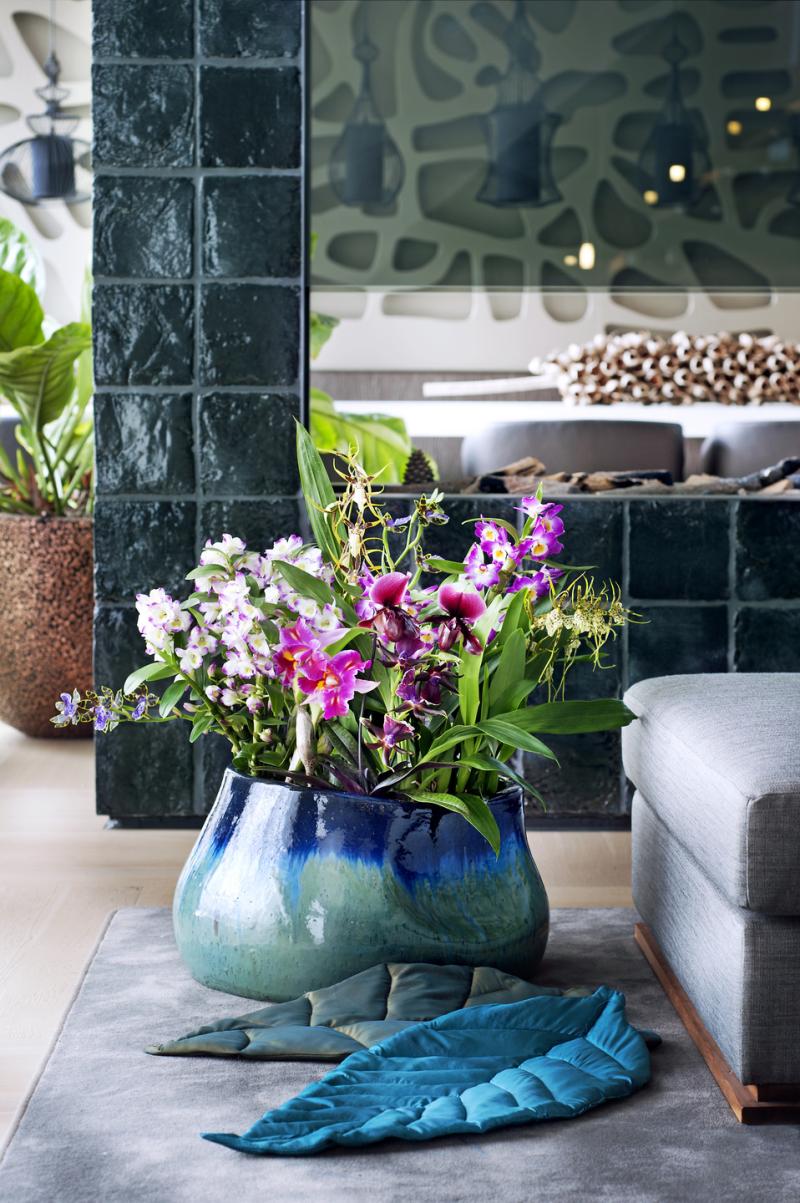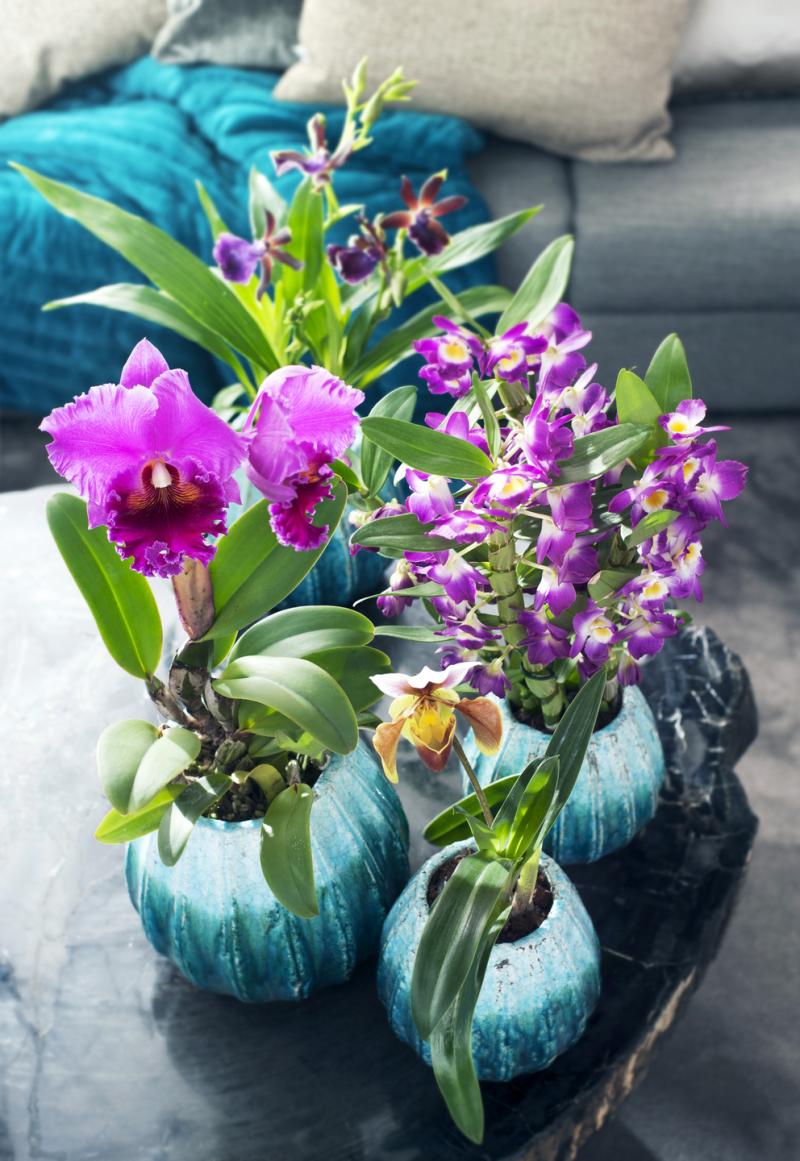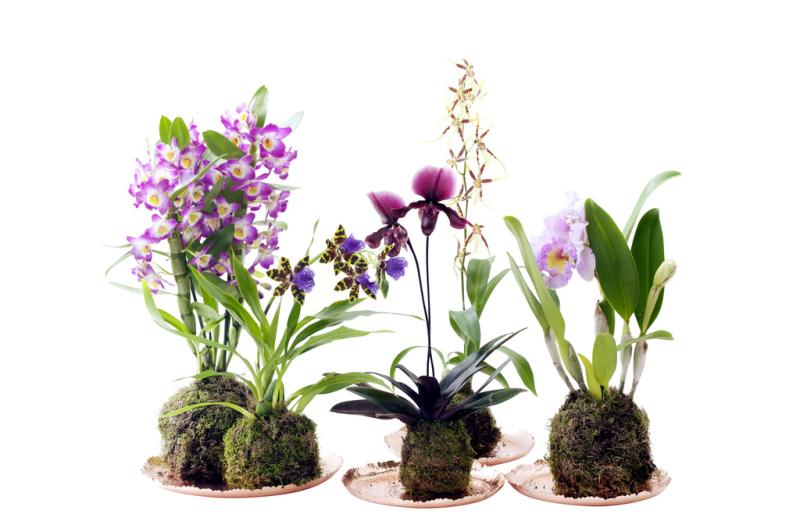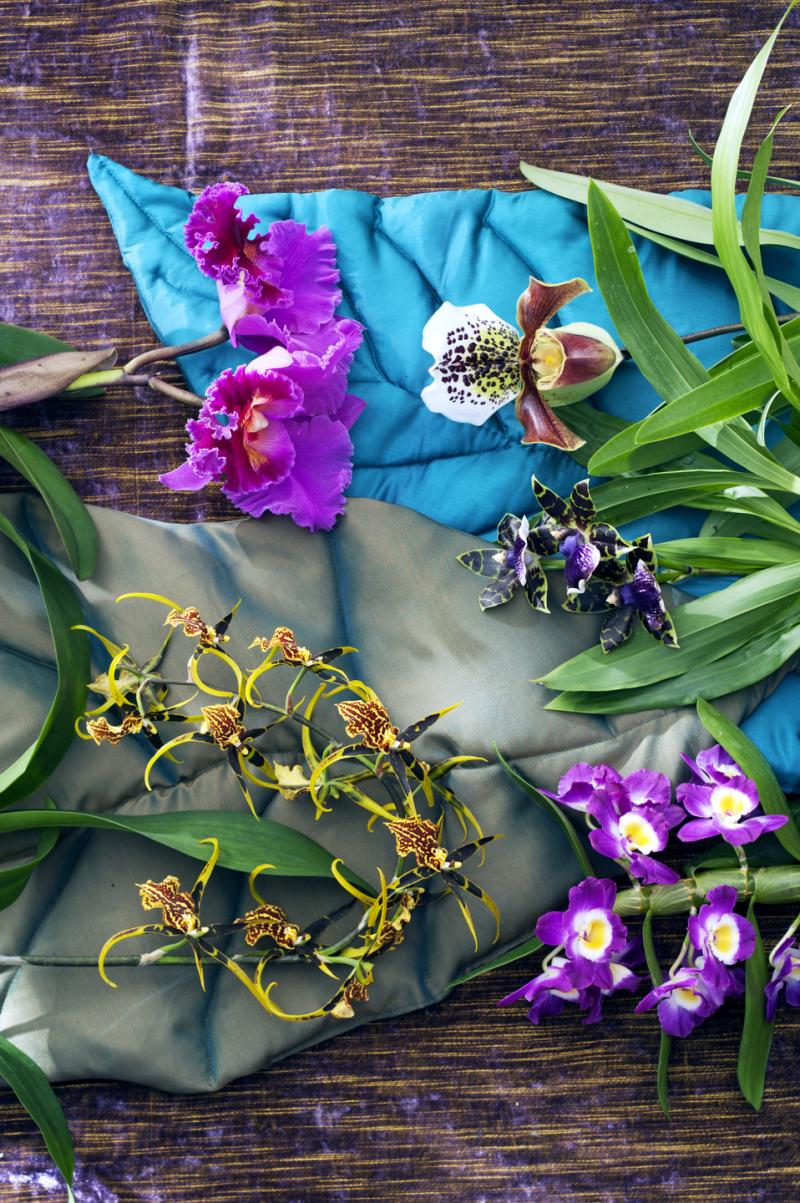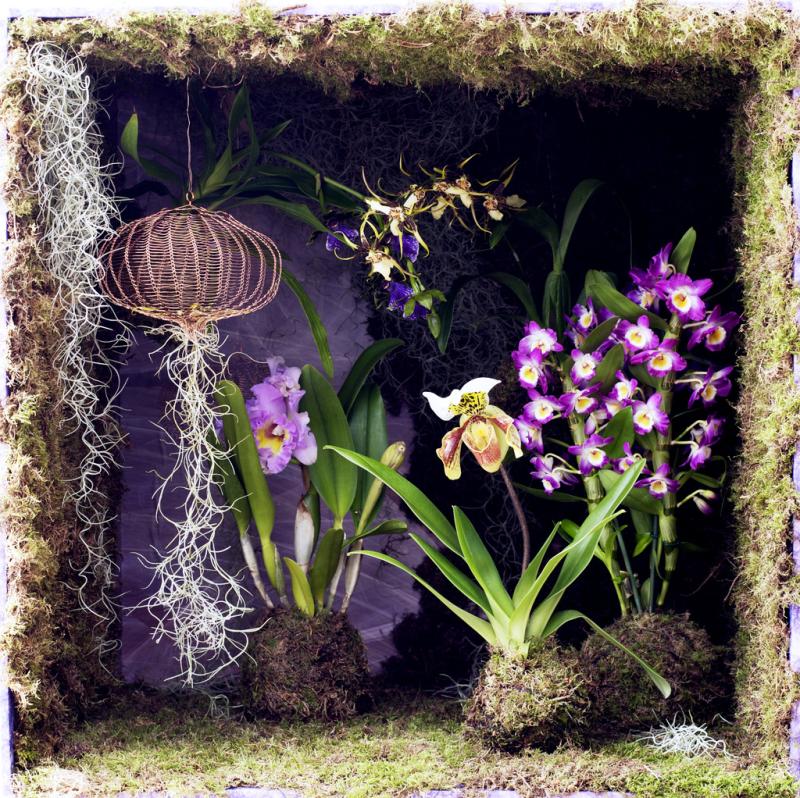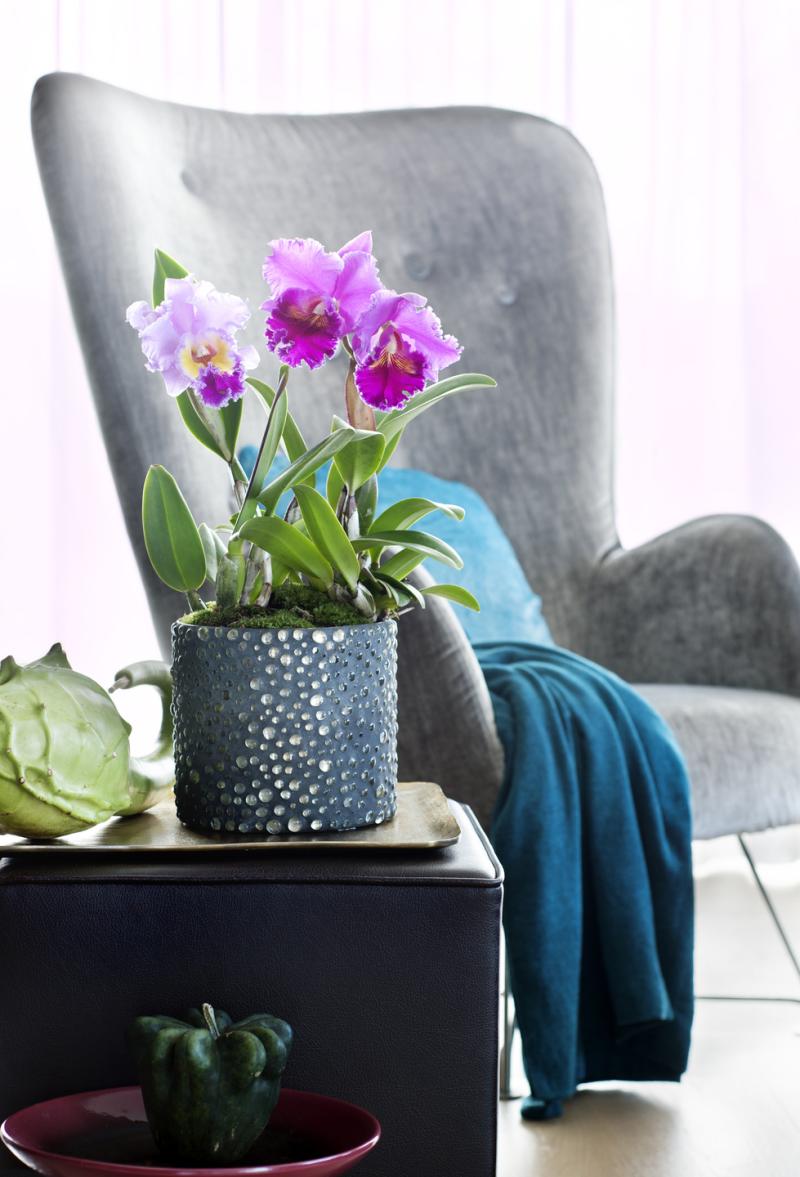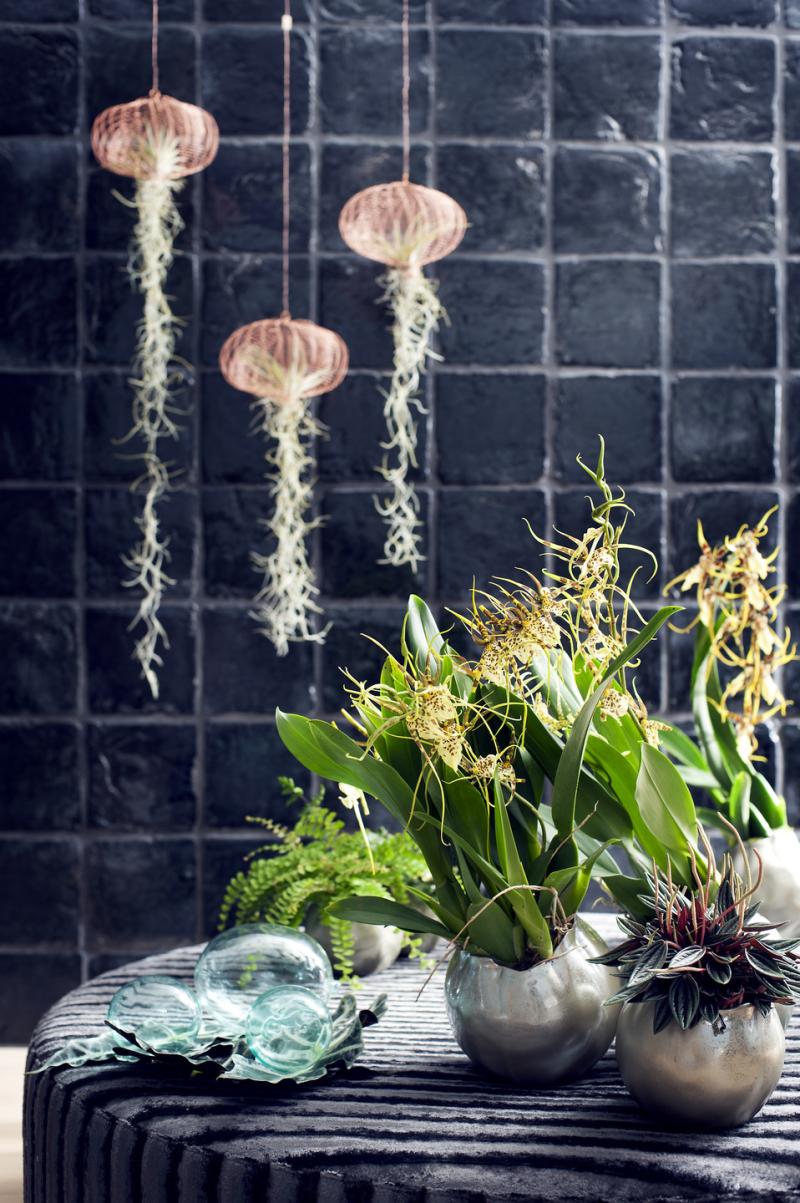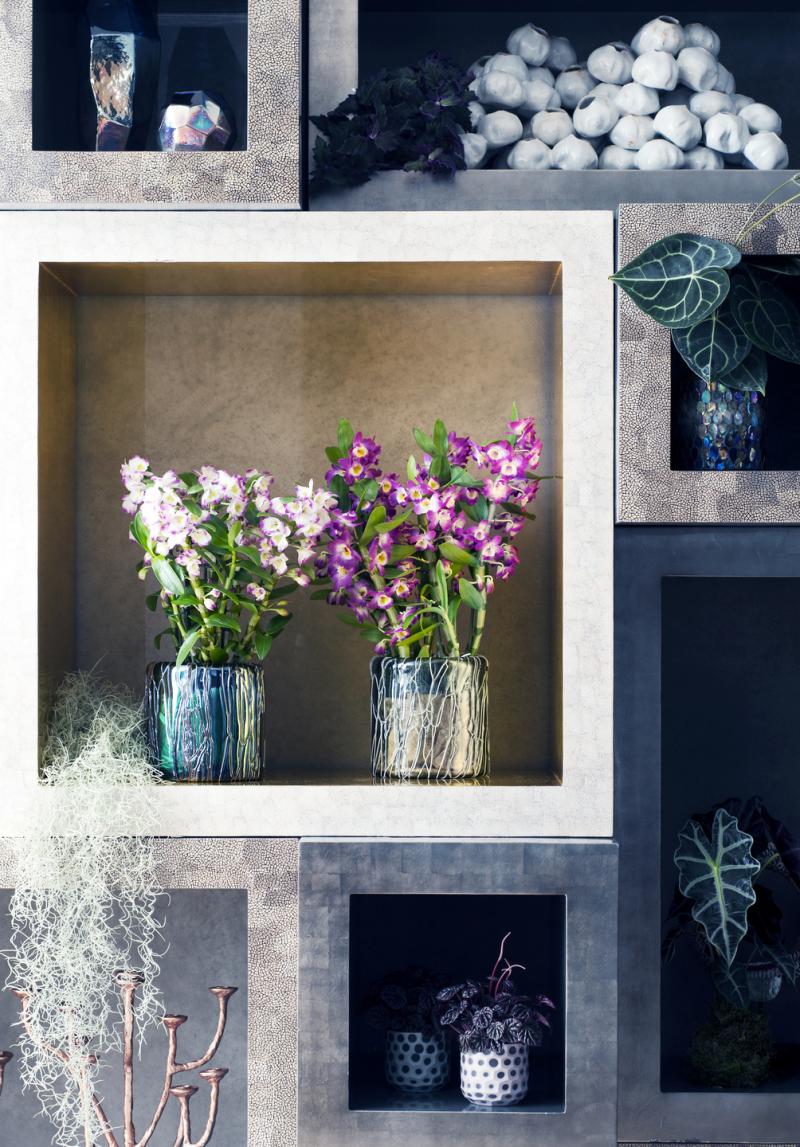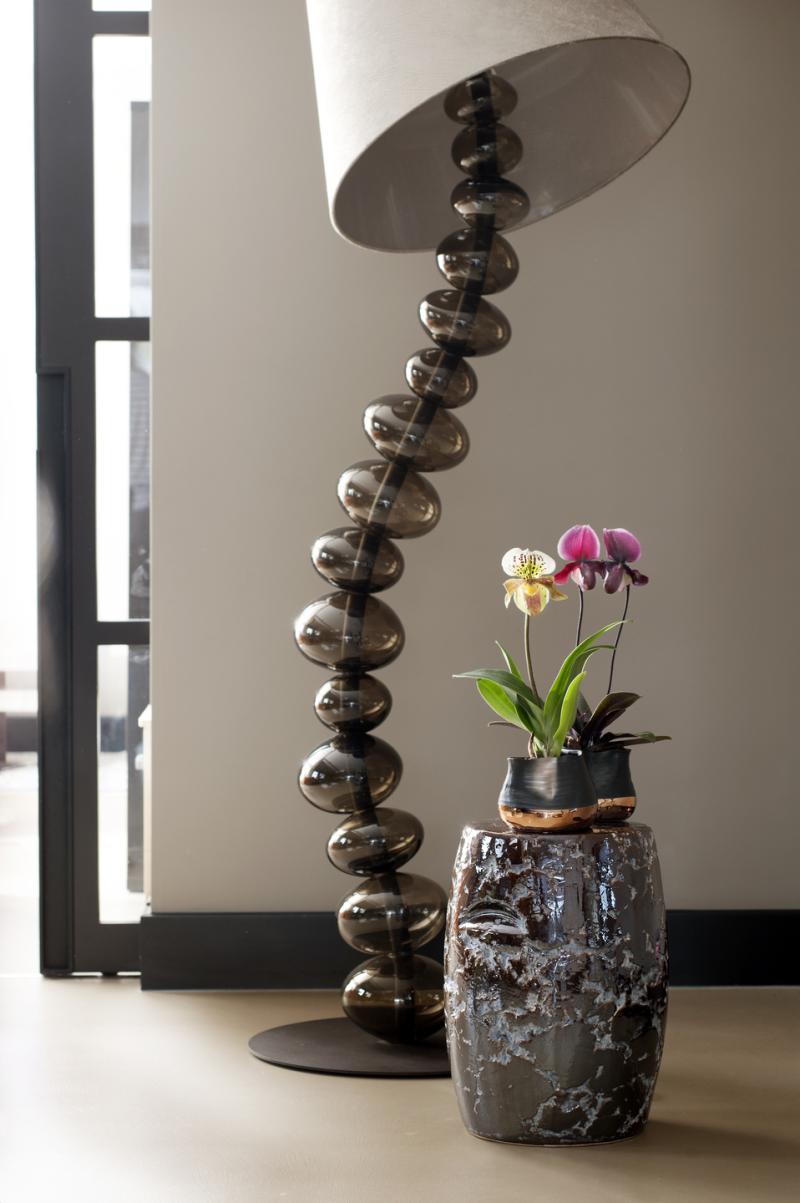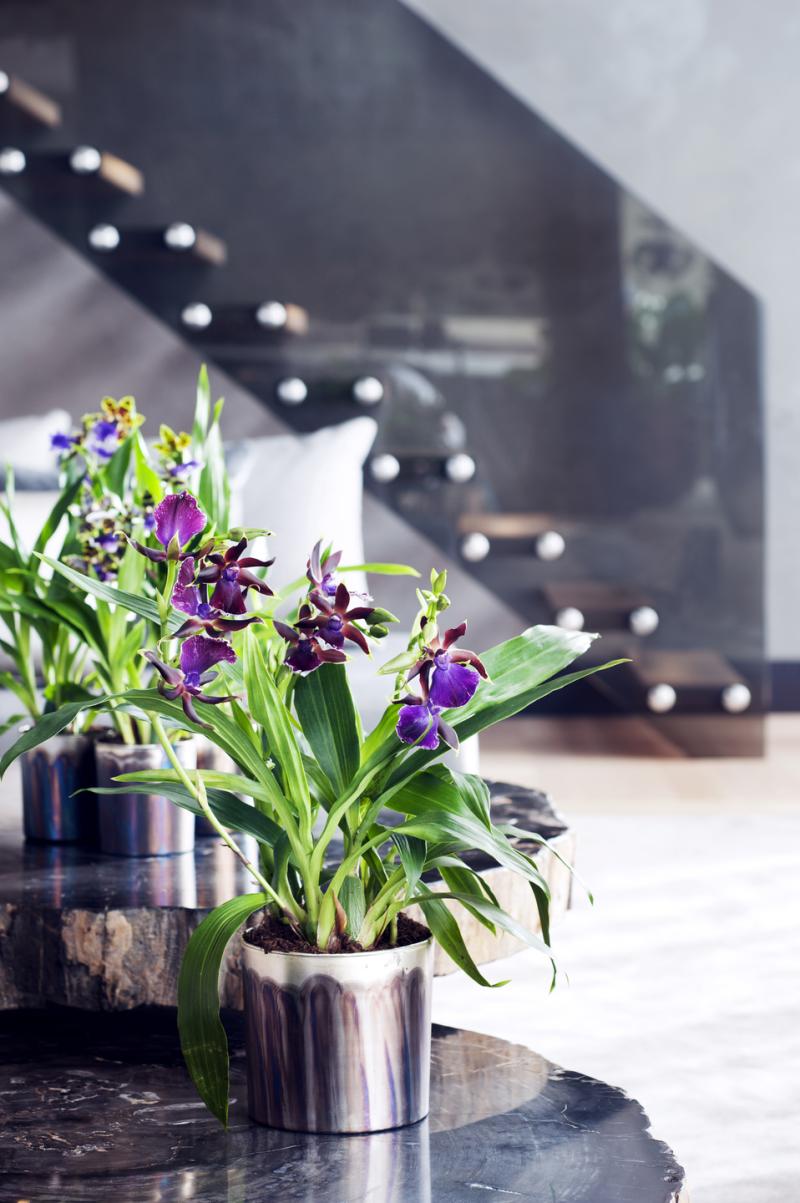November 2016: Speciality Orchids Houseplants of the month
Eye-catching shapes, fabulous colours, spectacular flowers: November is all about orchids that the general public are not yet familiar with. Give these remarkable beauties an extra-prominent place in your store this month with the aid of the POS material that can be downloaded for free using the link at the bottom.
The story behind Speciality orchids
To give credit where credit’s due: within the Orchidaceae family Phalaenopsis is the original trailblazer that introduced the public to the exotic beauty of orchids. However, this family of plants includes many other fabulous bloomers, all equally easy to care for and just as charismatic – and those exclusive undiscovered treasures deserve to be better known. Not least because they fit so well into the current interiors trend for a bit of mystery and supernaturally beautiful shapes.
Source of Speciality orchids
Orchids are herbaceous perennial plants and occur in the wild almost everywhere in the world, in both warmer and cooler regions, although 85% come from the tropics and subtropics. An orchid flower can be easily distinguished from other flowers. It is made up of three sepals and three petals. The middle petal has a different shape, is somewhat larger and is called the lip. That lip serves as a kind of platform for insects to easily reach the heart of the flower. The heart contains the pollen cluster, also called the stamen. All plants in the orchid family have the same flower structure.
Speciality orchids & cultivation
Orchids make up one of the largest plant families. There are more than 20,000 known species, and new ones are still being discovered regularly. In the warmer regions such as the tropical rainforest orchids often grow on trees, branches or twigs with their roots in the air. These are called epiphytic orchids. Epiphytes are plants that grow on something without drawing nutrients from it. For cultivated specimens this means that they need little water and are grown on special airy potting mixtures. This replicates nature as closely as possible.
What to look for when buying Speciality orchids
- When buying orchids look particularly at the pot size, the number of flowers and buds per stem and the appearance. The pricing depends largely on the length of the cultivation period and the amount of work involved.
- The plants must be free of pests and diseases. The flowers sometimes suffer from Botrytis (= grey mould), a fungus which greatly diminishes the decorative value.
- If the flowers or foliage are damaged or flawed, this is often caused by transportation or storage or because the plant has been mechanically damaged in the greenhouse (cut leaf edges).
- There may also be wilted flowers on the plant, or buds may have shed or withered. This can sometimes be caused by ethylene, an ageing hormone to which the plants have been exposed. This causes bud shedding and accelerated flowering. The plant may have yellow leaves because it has been kept too wet or too dry. Pests such as brown scale, mealybug and scale insects are troublesome for the customer because they are so hard to eradicate.
- The recommended storage and transport temperature is 12 to 16 °C. Cold damage (dark patches on the leaves) can be caused by low temperatures - the plants must then be sold sleeved. It’s important to check the ripeness, particularly in the winter months. Plants which are not ripe enough will struggle to develop in the months when there is less daylight.
Choice of orchids
A wide variety of species and cultivars is available. An alphabetical list of the most exclusive orchids and their characteristics is given below.
- Brassia: Brassia originates from the subtropical and tropical regions of South America. The somewhat pointed flowers are scented and there are a lot of buds on the long stem. Brassia can cope with slightly less light. There are several cultivars available in different colours, including Eternal Wind and Orange Delight
- Cattleya: Cattleya is sometimes called the Queen of the Orchids. Also popular as a cut flower in bridal work. The plants have large, usually strongly scented flowers of between 5 and 15 cm in diameter in the loveliest colours. The flower is actually more eye-catching than the leaves, of which there are only a few.
- Dendrobium nobile:The Dendrobium range has expanded considerably in recent years. The best known is Dendrobium nobile, characterised by its straight, upright stems along which the flowers grow. These plants come from cooler high altitude regions. Dendrobium has been well-known as a cut flower for years. The plants which show the greatest similarity to this in terms of flowers are D. ‘Pink Bunny’ and D. ‘Polar Fire’ Other species are D. kingianum, an attractive bushy variety with a very natural growth and D. Yellow Winter Beauty, with attractive greenish yellow flowers.
- Paphiopedilum: The Venus Slipper is one of the classics of the orchid range. The plant derives its name from the distinctive shoe-shaped lip. In the wild the plants grow on the ground and originate from tropical Asia and Central America. The range includes many species, cultivars and hybrids. Hence we have American Hybrids, Maudiae types and Multiflowers. Most plants only produce a couple of stems bearing just a few flowers.
- Zygopetalum:Zygopetalum is becoming increasingly well-known within the range. The plant originates from South America where it grows as an epiphyte in the wild. The eye-catching coloured flowers (dark blue, red, purple, white or green shades) sometimes give off a pleasant sweet fragrance.
Care tips for customers
- The care depends on the place of origin and growing style. However, most Speciality orchid species prefer room temperatures and need a light spot out of direct sunlight.
- Orchids cannot cope with wet feet, and are often supplied in some bark as a support rather than soil. In both cases the plant should be immersed in tepid water with some orchid food for half an hour once every 10 to 14 days and left to drain thoroughly.
- When the plant has finished flowering, the exhausted stems can be cut off just above the soil. If the plant is left in a cool spot during the rest period, some patience can result in new shoots from which new stems will emerge. Re-flowering varies according to species. Hence a Zygopetalum can flower up to 3 times a year, whilst Oncidium will only re-flower after 9 to 12 months.
Sales and display tips for Speciality orchids
- The variety of colours and shapes in the exclusive orchid segment offers many possible applications in both traditional and modern interiors.
- The plants provides a great deal of beauty and class in return for very little care.
- Speciality orchids are a fitting gift on special occasions and are popular amongst trendsetters.
- In order to emphasise the diversity and unique appearance of Speciality orchids you should ideally either display a whole array together, so that it’s bursting with exoticism, or display a single species as an absolute prima donna.
- The POS material which you can download free of charge here helps to create an inspirational and appealing display of Speciality orchids.
Images of Speciality orchids
You can download the images below free of charge.
Speciality orchids poster
You can download the poster using the link below.
11_poster-uk-specialty_orchids.pdf

